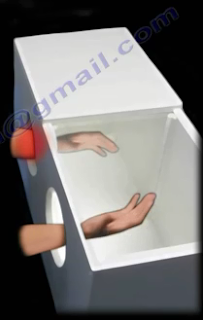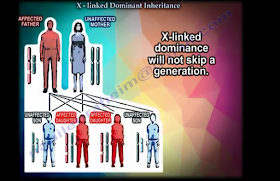Osteoporosis is a decrease in bone mass, which can lead to
an increased risk of fracture.
Vitamin C actively
protects against osteoporosis and has shown to prevent bone loss in animal
models. Foods such as oranges, tangerines, pineapple, cantaloupe, broccoli and
cauliflower contain high amounts of Vitamin C. The treatment of osteoporosis is
going beyond giving calcium and vitamin D. High vitamin C intake is associated
with lower 4-year bone loss in elderly men.
Vitamin C mineralizes bone and stimulates bone forming cells
to grow, while preventing too much degradation of bone by inhibiting bone
absorbing cells. Vitamin C is also used for prevention of the common cold in
marathon runners. Vitamin C is vital to collagen synthesis and lessens
oxidative stress. It helps cross-linking of the collagen. The collagen is the
glue that is present in ligaments, tendons and bones.
Can vitamin C prevent complex regional pain syndrome in patients
with wrist fractures? About 10% of wrist fracture patients will develop a
chronic pain syndrome called reflex sympathetic dystrophy. Taking vitamin C
reduces this risk substantially. Taking 500mg of vitamin C per day for 50 days
following a wrist fracture is effective for preventing RSD. This double-blind
study shows that vitamin C was associated with a lower risk of RSD after wrist
fractures.











